
Vincent Phan, A Kerr HS junior near Houston Texas, recently contacted Food Rescue about convincing his school district in Alief to adopt K-12 Food Rescue policies, where there are over 40 schools. Vincent wrote:
I'm a junior at Kerr High School, and we are interested in starting a Food Rescue program, but we have no idea where to start.... I'm interested and believe in this program's capability, but I'm not sure how to get around the restrictions that may occur. Any help would be greatly appreciated.
The following is a guest blog post from Vincent, where he is going to document his journey from no schools participating in his district, to eventually all of them following his lead.
Vincent Phan
My name is Vincent Phan, and I just completed my junior year at Kerr HS in the Alief Independent School District in Texas. The whole idea of a food waste audit seemed practical on paper, but a tad bit more difficult in practice. School was ending in two weeks, so the plan had to take flight and fast. Initially, I prepared a post on FaceBook detailing the food audit as a personal project and asked for student participation. Then came Monday, the day of the debut. People were still in the habit of throwing away their packaged foods that they didn’t intend to eat. I guess the Facebook post wasn’t that successful after all, so I had to use a make-shift microphone (my hands) and shout to raise awareness of the project. Occasionally I would even make trips to tables to personally tell them about my project so they would participate for the rest of the week. It was unconventional, but it worked little by little as cartons of juices and milk started piling up in a previously empty box. By the time the bell rang, I made my way back to my advisory area to count the number of rescued items. Forty nine items ranging from cinnamon Pop Tarts to apple sauce were lined on the table. So what happened with these forty nine breakfast items? I didn’t have the heart to throw all of it away, so a majority of the items ended up in the teacher’s lounge. My AP Environmental Science teacher supported the project, but was also curious. She asked whether the results were affected because people felt obligated to give way their food. Hopefully that wasn’t the case because I explicitly mentioned, “Only give me if you don’t plan on eating it, if you want it, just eat it.” Because if that were the case, ironically this wouldn’t be a Food Rescue, it would be students sacrificing food items, which is not the purpose of Food Rescue . Over the week, the numbers began to increase because people were taking notice of the project and thus understood how to particpate. This project wouldn’t be possible without friends who helped me collect and also carry the boxes full of food. Because try as I might, forty milk cartons and other miscellaneous breakfast items can be exceptionally heavy. On Friday, the total accumulated items over the week reached over three hundred fifty, an astounding amount considering the fact that my school only has at most one thousand students. In addition to the fact that this project was only done during breakfast so only students that actually came to school early enough to get breakfast could participate. Considering the amount of food waste my school produces, what can be said about the whole district? So let's do the math, and please keep in mind this is for breakfast alone. Not even including lunch!!!!!
According to the Impact Dashboard from Food Rescue seen below, we averaged 74 items per day in 1 week at Kerr HS. Food Rescue tells me that HS students waste far, far less than HS students, so the numbers I am going to share are very conservative. Our waste in Alief Independent School District is much higher than what I am about to share.
With 46 schools in our district, and 180 days in a school year, and a minimum of 73 items per day wasted per school in our district at breakfast, ALIEF School District unnecessarily wastes 73 x 180 x 46 = 604,440 unopened and unpeeled breakfast items alone each year in our district are fed to landfills each year instead of families, harming the environment instead of feeding people. With what we know about elementary schools wasting more food, that figure is probably closer to 800,000 to 900,000 items. Now let's add lunch, and the total is closer to 1.5 million items or more. So the questions is why? In chapter five of the School Food Waste Policy History link at FoodRescue.net, it clearly shows the USDA does not want unopened food thrown into landfills, and they provide a blueprint for donating rather than dumping nutritious food, along with guidelines from 14 other states. Neighboring Houston Independent School District developed 3 pilot schools, and the school board gave overwhelming praise and support for the student who initiative the program. That presentation came at the request of Superintendent Richard Carranza, who also requested the same student speak to 300 Houston principals, where they all raised their hands to the question of, "who wants to start a Food Rescue program in your school today?" The school board presentation can be seen below, as well as pictures and the Impact Dashboard from my 1 week breakfast food waste audit at Kerr HS. It is my genuine hope that Alief ISD will join the school food rescue movement, and that I could address the school board of AISD to plead the case for feeding families and not landfills.
As how how I found Food Rescue? Well, like many other people I was mindlessly surfing videos on YouTube where I found an interesting video regarding “Feeding the 5,000,” in which perfectly untouched food that is about to be thrown away can essentially feed 5,000 people. I was looking for similar events that do this in my hometown, Houston. There were none and if so I probably didn’t look hard enough. However, I did find the Food Rescue program. And I just called John, the director behind the whole operation which a thirty-minute phone conference in one of my teacher's class, to which my teacher laughingly said: "If you're going to that, tell me ahead of time." I’m still working out the kinks that might come ahead, but I’m hoping with the help of Food Rescue, there can be some sort of initiative taken in my school district using the results of my food wood waste audit at Kerr HS as evidence of a problem that needs to be solved, and that our school district can actually play a leadership role in the solution.

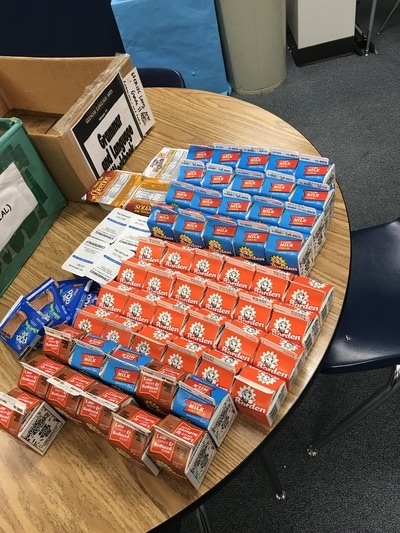
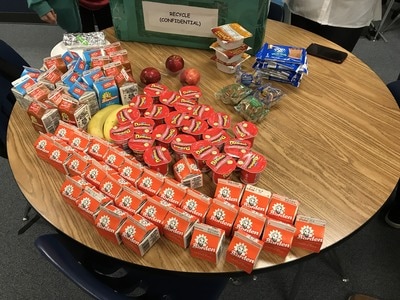
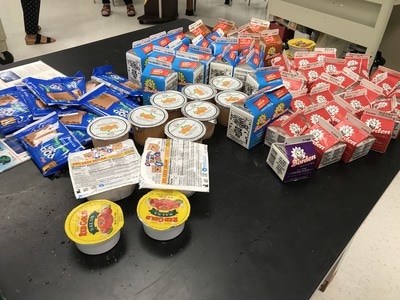
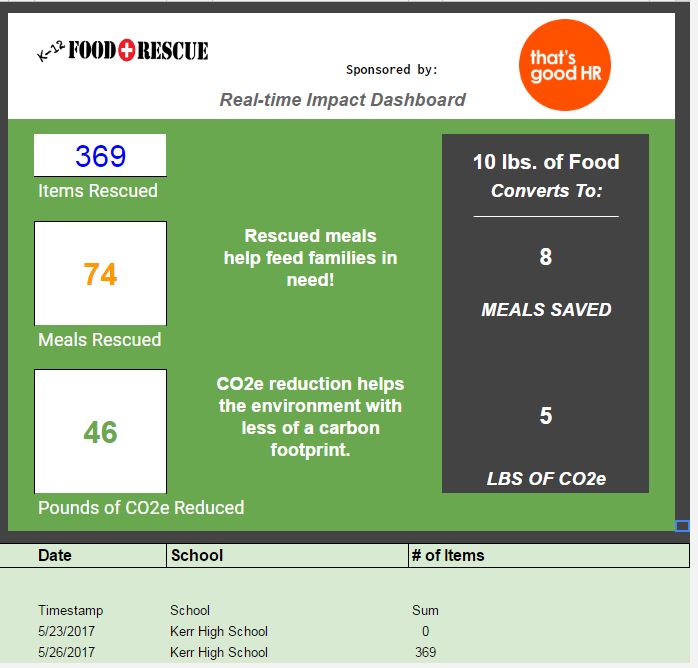
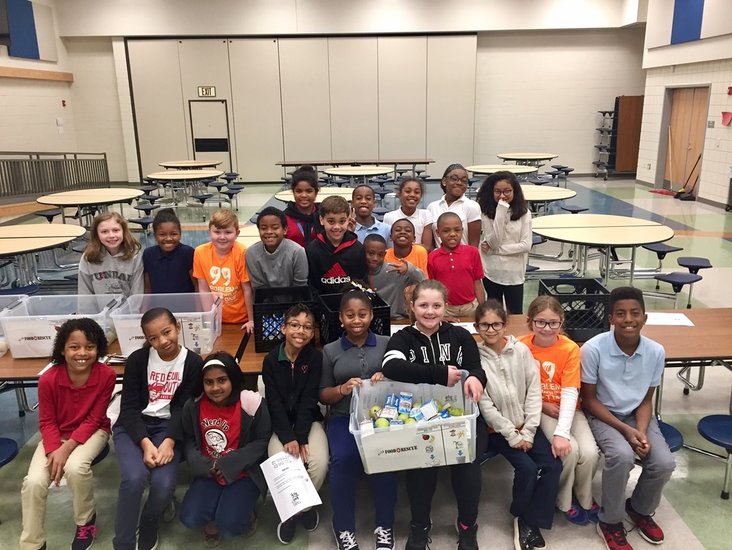
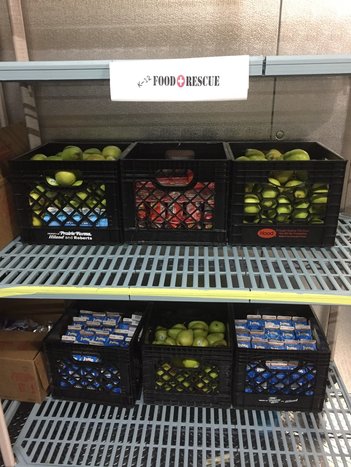
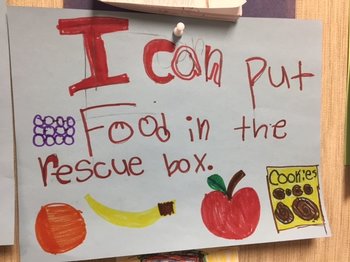
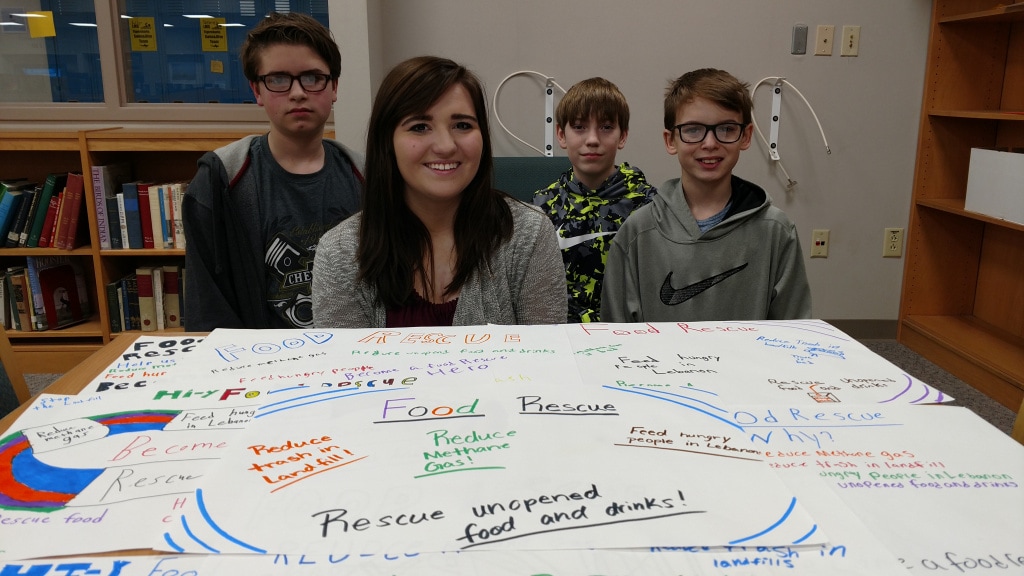
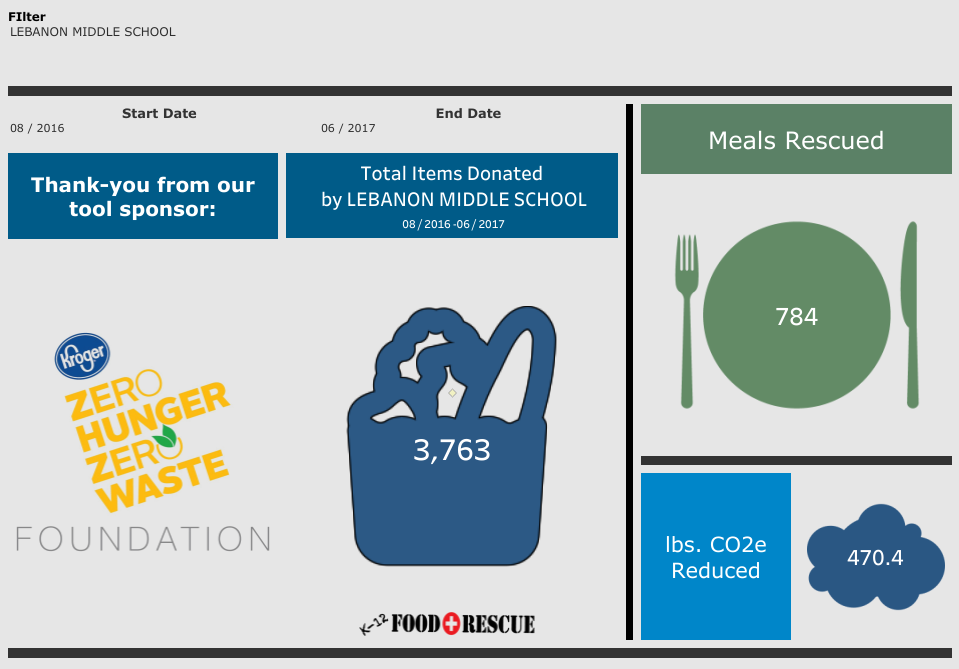
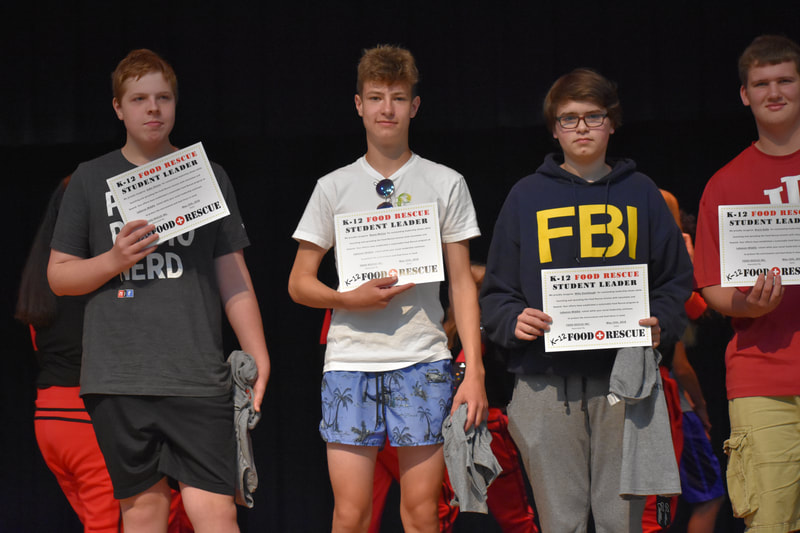
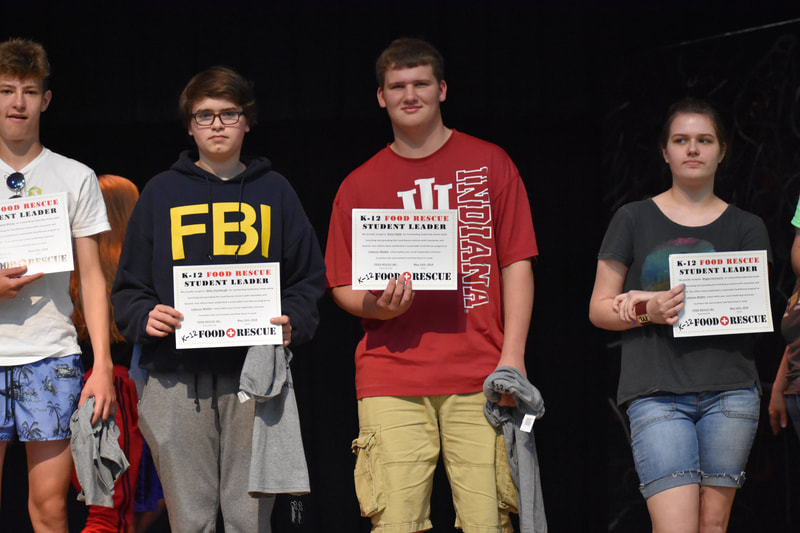
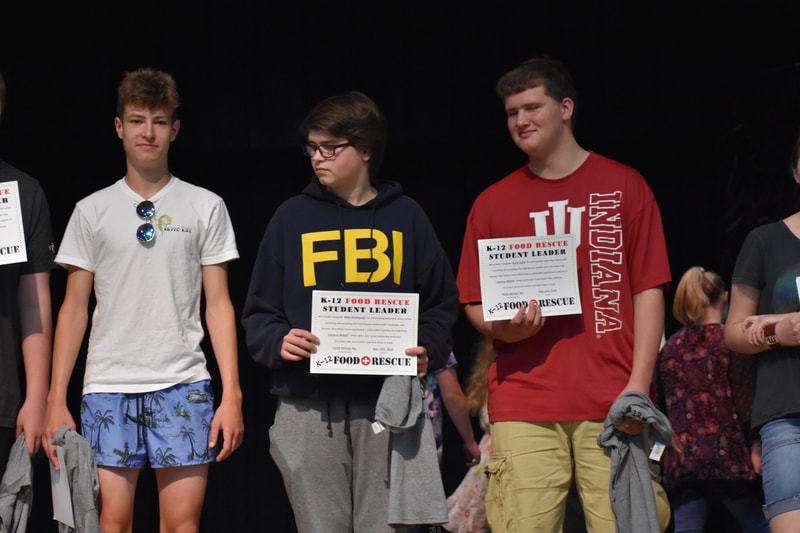
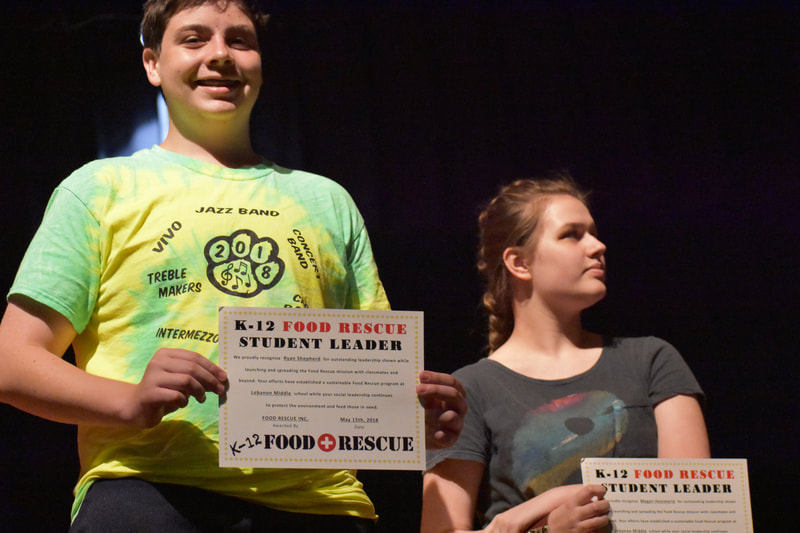
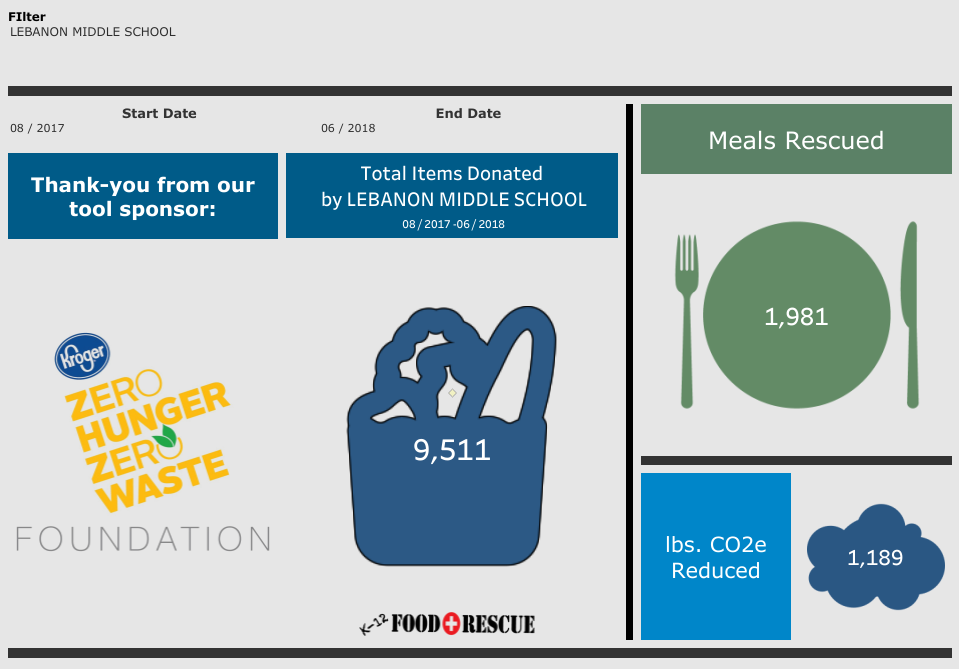
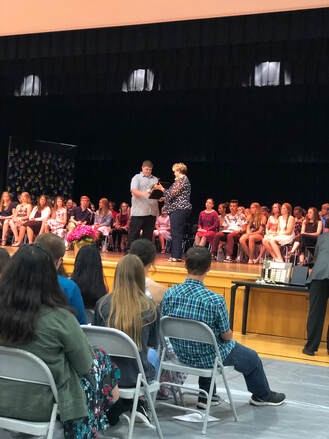
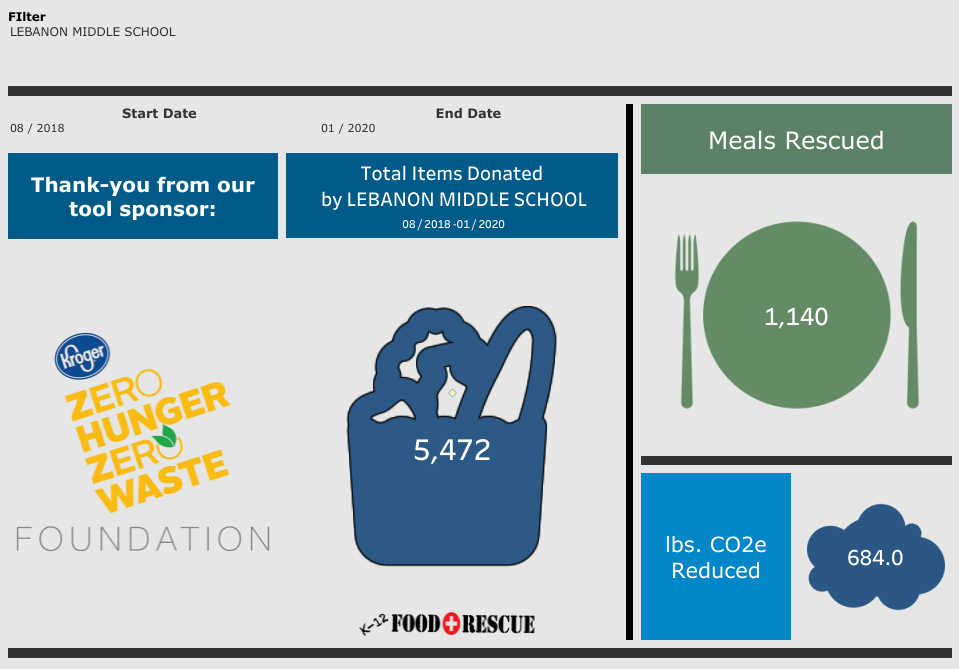
 RSS Feed
RSS Feed
